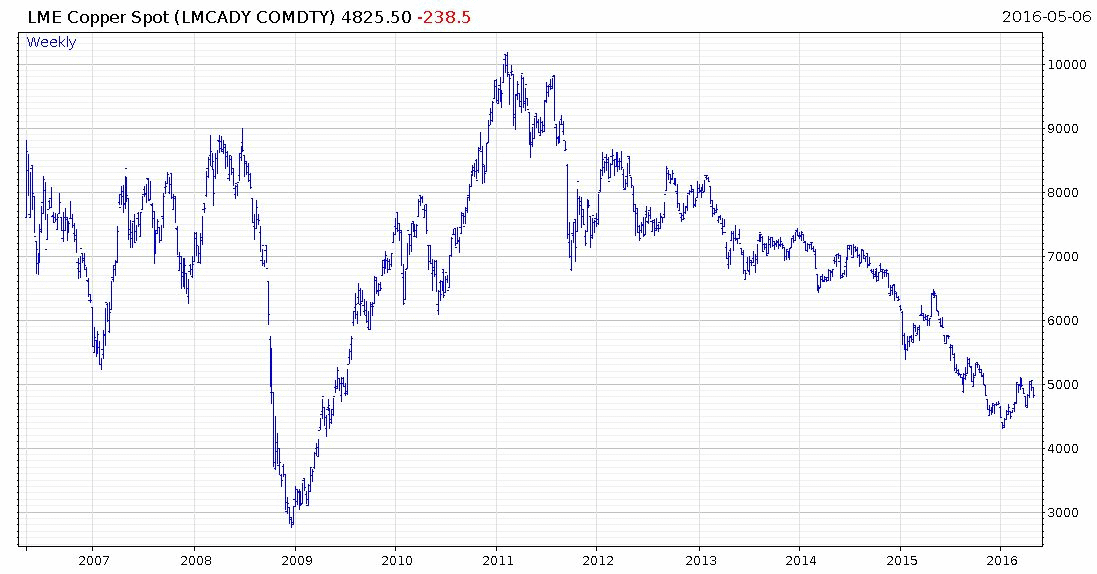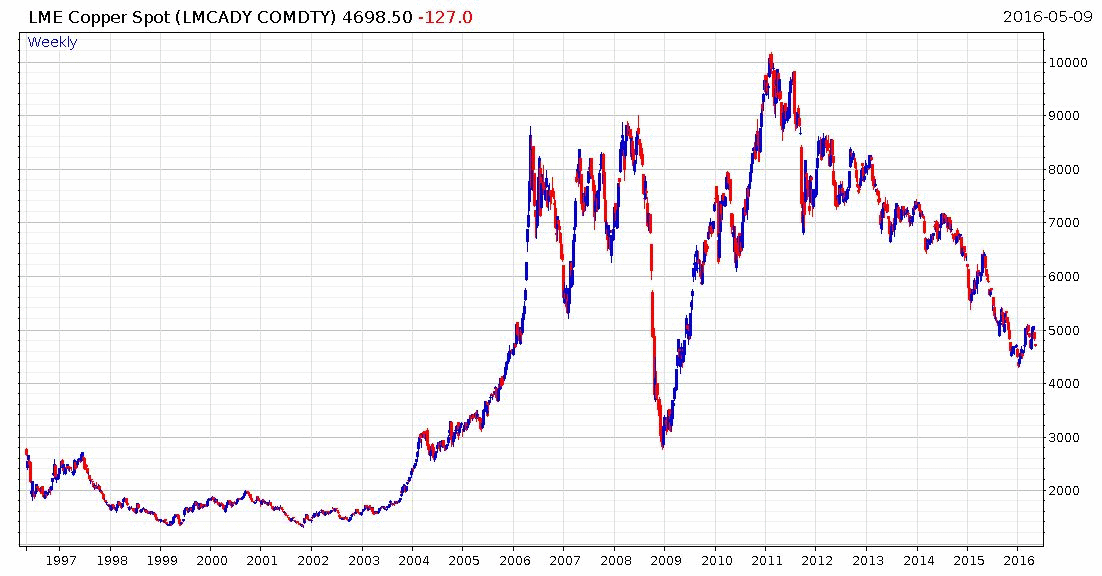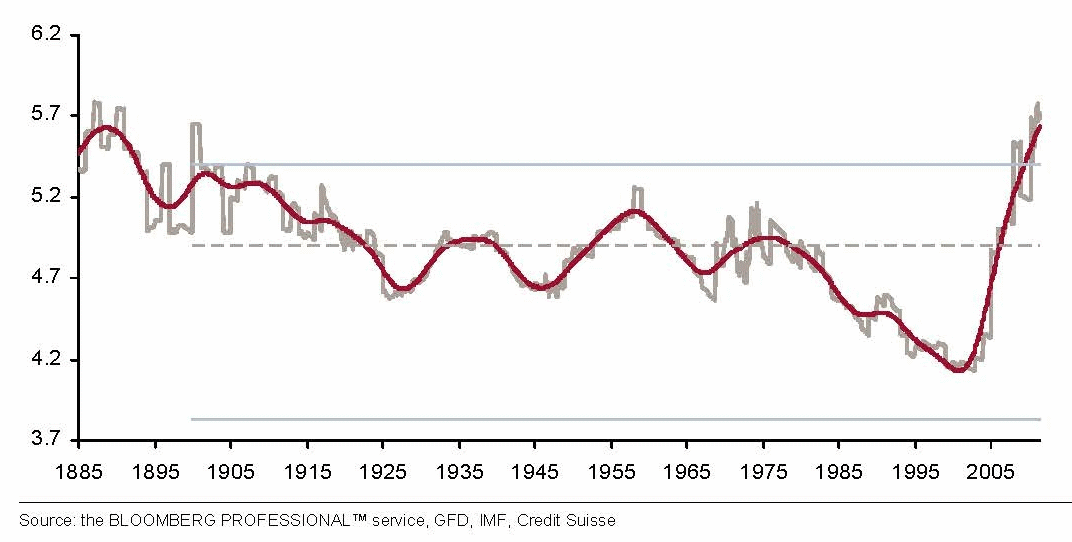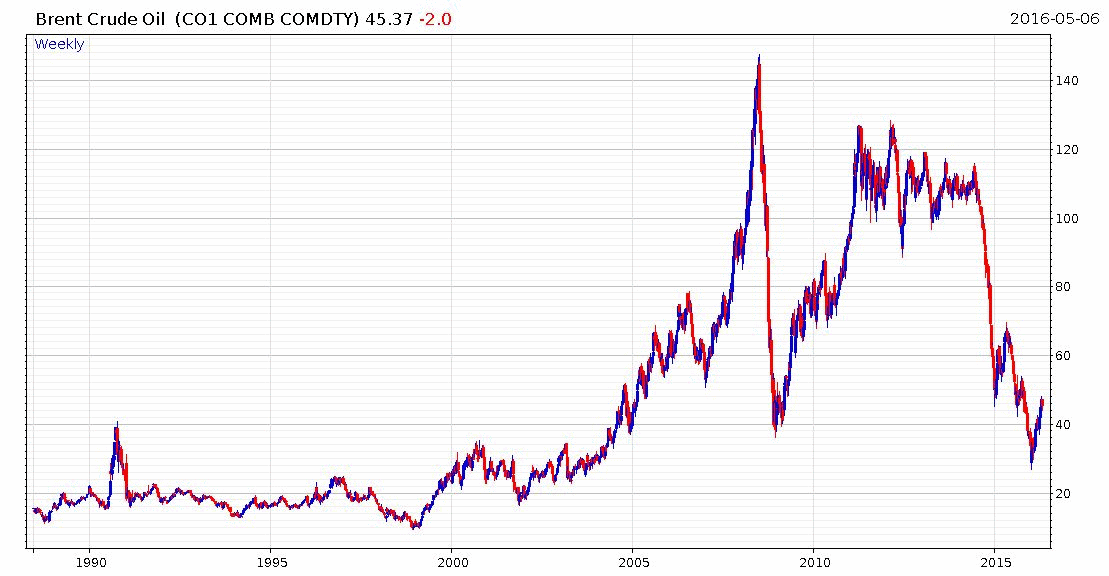-
- 05 Jun
Will we be able to afford commodities in the future?
We are always exploiting the easiest reserves of everything – coal, oil, gas, copper, or any other commodity. As these reserves are exhausted won’t the cost of extraction from new deeper, more complex deposits increase substantially? Will we be able to afford commodities in the future?
In a previous article –see: Exploiting the World’s Non-renewable Resources – I asked: “If you mine and burn some non-renewable resource – oil, gas, coal – to run your car on, or make electricity with, are you unfairly exploiting the world’s resources to the detriment of future generations?”
I showed that, based on simple economics, non-renewable resources are unlikely to run out …. ever.
But what about the cost? The costs of extraction from deeper, more complex deposits must surely increase until commodities are effectively unaffordable.
This is not a bright prospect.
In a market economy when demand outstrips supply prices rise. Higher prices underpin the case for additional exploration and are a prerequisite for new production. The price of non-renewable commodities seem destined to rise continually in real terms.
Yet history shows that this is also not the case. Supply and demand fluctuations are important economic triggers to spur new technology, but having done so, the long term price impact appears to be negligible. However the trend is evident only over a long term when the day-to-day volatility that characterizes these markets is filtered out.
The price of copper is a good example. Over the last 10 years the impact of Chinese demand outstripping supply (and then supply catching up, resulting in over-supply) totally masks the longer term copper price trend.

A 20 year perspective provides a somewhat clearer example.

From the 20-year perspective, the price of copper could be characterised as being “relatively constant, except for a spike starting in 2005 due to Chinese demand.”
From an even-longer perspective – the last 160 years or so – adjusted for inflation, the trend is unambiguously down.

Over the last century-and-a-half the real price of copper has declined – despite increased demand, despite deeper more complex and lower-grade orebodies, and despite increased environmental and safety imposts. Technology to find and exploit orebodies has more than kept pace with the rate of exhaustion of known copper deposits over at least 160 years.
The price of iron ore shows the same trend over a similar time frame.

The trend in the oil industry is no different.

A 25-year perspective on the oil price, unadjusted for inflation, shows little or no price change. From this perspective the recent oil prices around $100/barrel are just a temporary blip on a relatively constant long term trend. On this trend line the current price of oil should be about $25/barrel. Of course short term supply and demand issues can result in large deviations from trend. But, without some sort of shock, there is nothing to suggest that the price of oil, like the price of any other commodity, won’t revert to trend, with a constant or slightly declining real price over time.
About the Author
IanRunge
https://ianrunge.com




